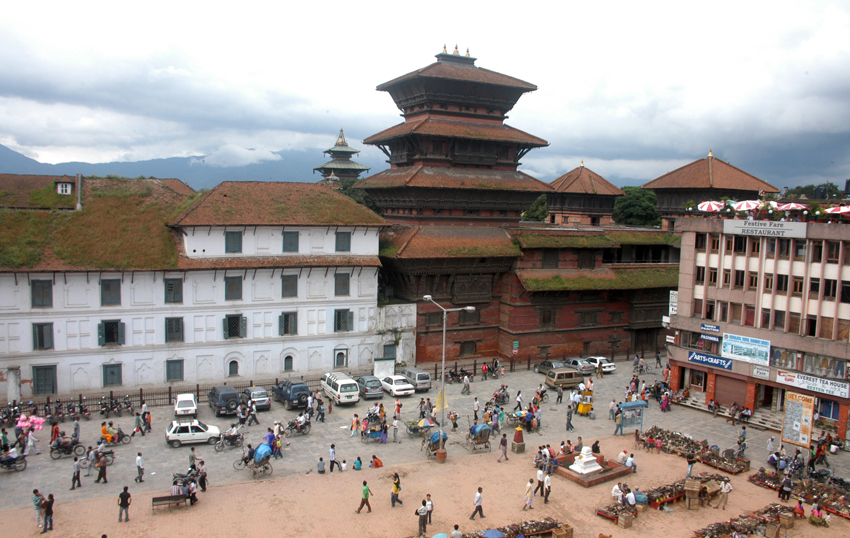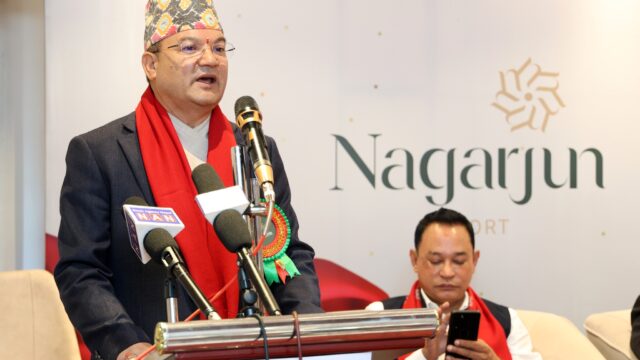Revenue for the Hanumandhoka Durbar Conservation Program has increased in the current fiscal year as compared to the prior one. The program’s head, Chandra Gopal Pradhan, stated that the amount of money collected from tourism fees during the first week of Baishakh (mid-April) of the previous fiscal year was Rs. 140.63 million, whereas the same period of the current fiscal year has already seen the collection reach Rs. 152.63 million.
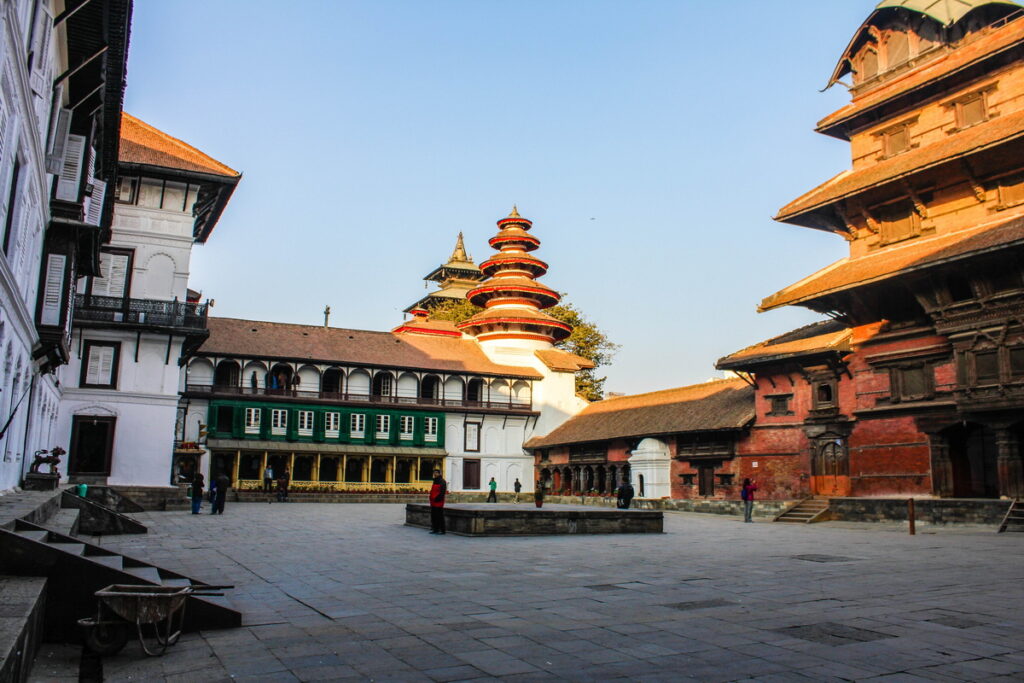
According to Pradhan, other service fees and administrative charges have contributed to the rise in revenue in addition to tourism service charges. For the current fiscal year, the office has set a revenue target of Rs. 170 million, which it anticipates easily meeting. Conversely, the goal for the prior fiscal year was only Rs. 150 million.
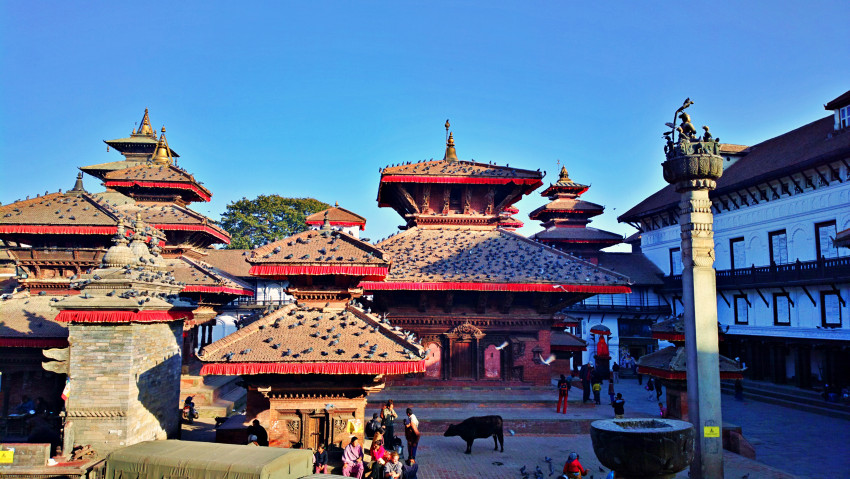
The entrance fees that visitors to Hanumandhoka pay provide the office with the majority of its income. Visitors from SAARC nations currently pay an admission fee of Rs. 500, while visitors from other nations pay Rs. 1,000. While Nepali visitors do not have to pay to enter, there is a fee to visit the museum. Up to 700 people visit Hanumandhoka every day during the tourist season. According to Pradhan, the months of Bhadra, Ashwin, and Kartik (August to November) see the highest number of visitors.
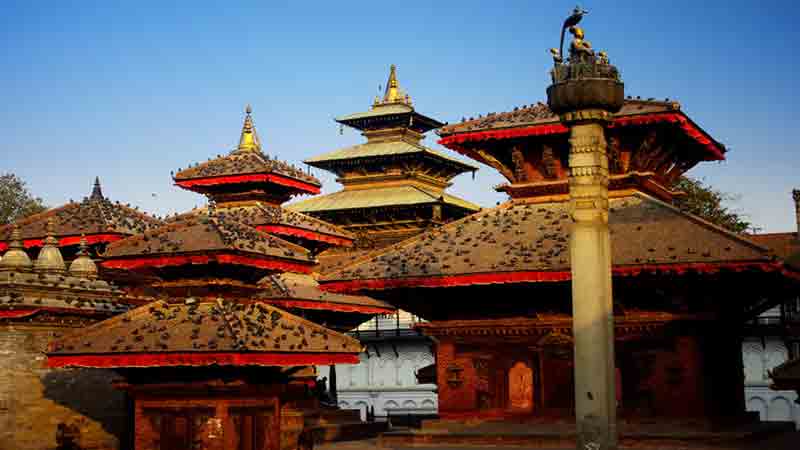
47,399 visitors from SAARC nations and 153,262 visitors from other nations visited the location during the previous fiscal year. Hanumandhoka has seen 145,625 foreign visitors and 35,785 SAARC visitors so far this fiscal year. In contrast to prior years, the number of visitors has not decreased this Baisakh (April). Compared to other periods, the number of tourists rises dramatically during the Indra Jatra festival.
